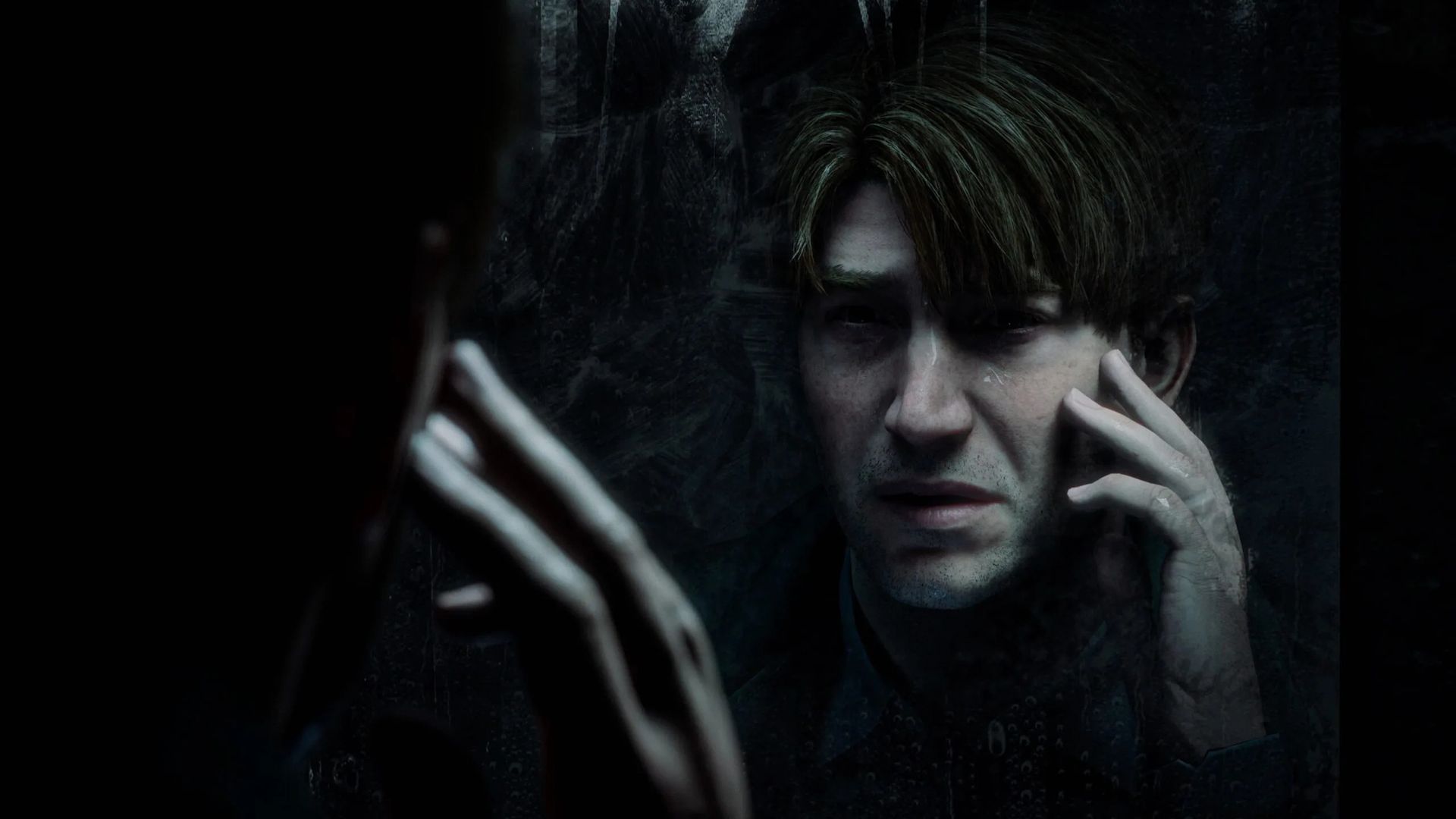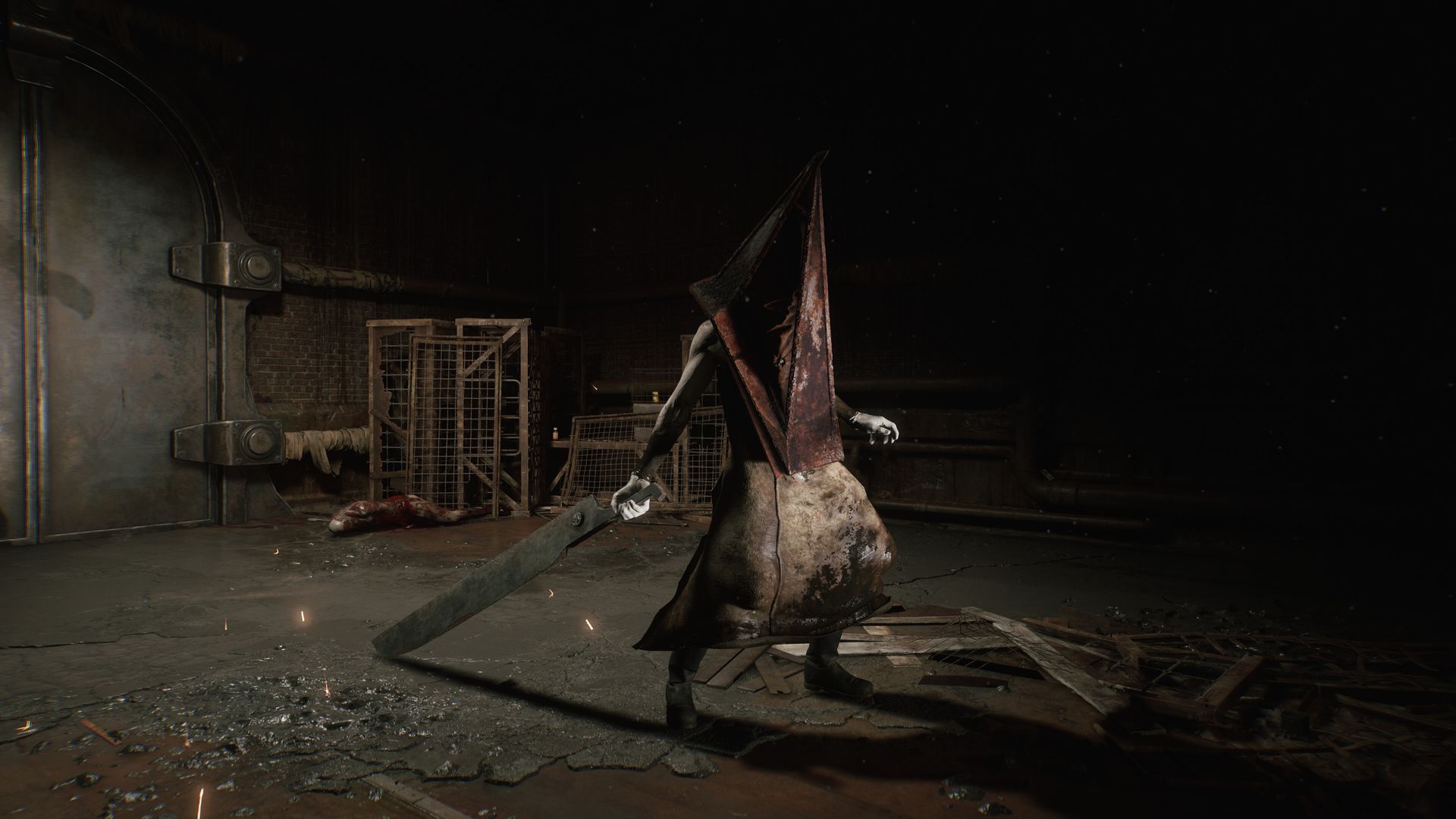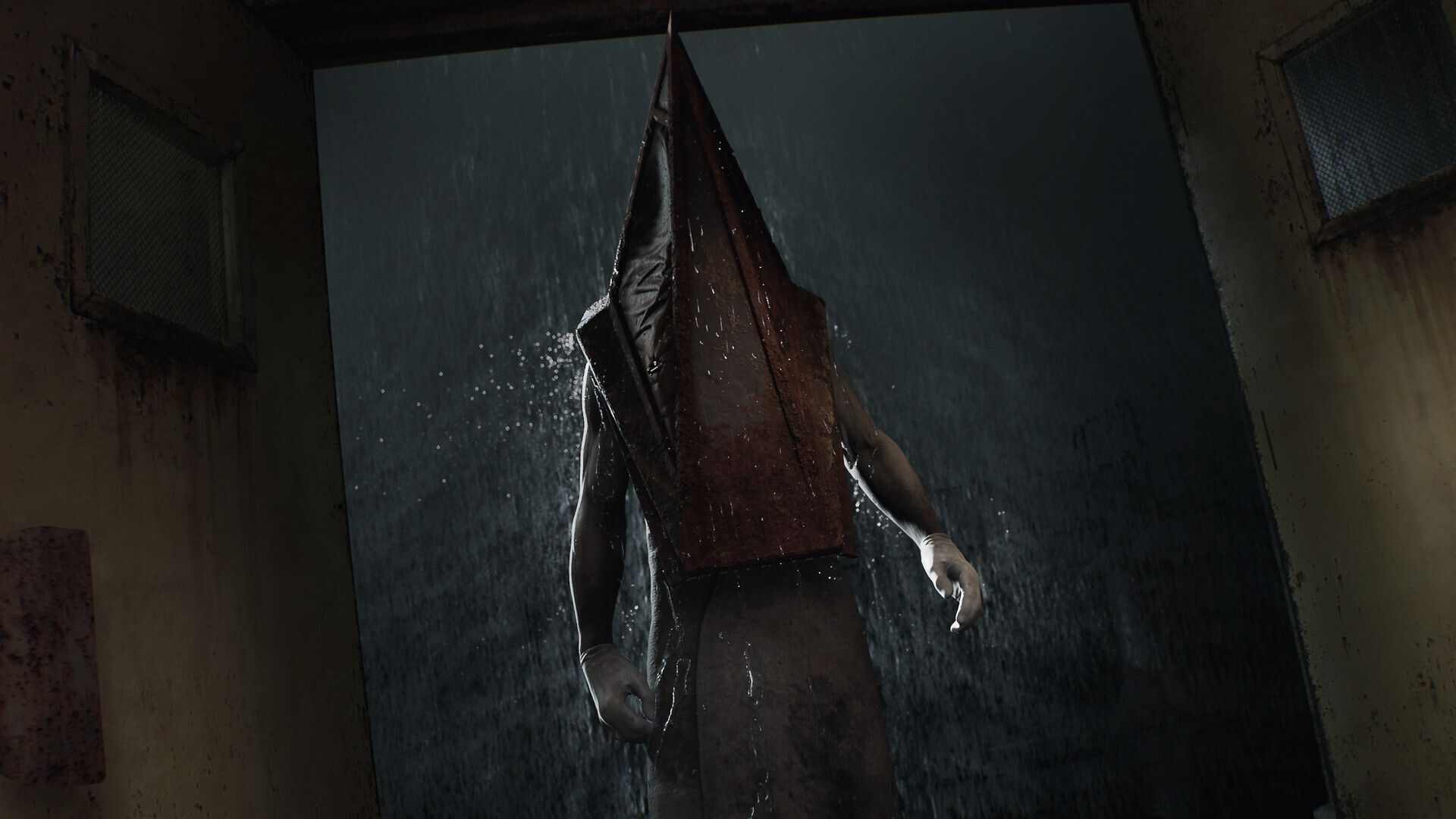Like any new release, Silent Hill 2 Remake has arrived in eager fans’ hands. However, there have been performance issues and confusion with settings across various systems. This guide contains all the best optimization tips based on real-world testing, whether you want to smooth out gameplay or get better frame rates.
If you think this can be optimized by mindless task management with advanced graphical settings, Sound options, and changing resolution, here’s everything you’ll need to know about the Silent Hill 2 Remake to achieve the best performance.

All optimizations for Silent Hill 2 Remake
But before diving into the fixes, let’s get to the most important tip: The best performance gains are achieved by changing the shadows and shader settings. Indeed, setting these to low will improve your visuals without killing them too much. Let’s go through the nitty-gritty about how to maximize your system.
Best graphic settings for smooth gameplay
If you want to play Silent Hill 2 Remake for the best experience, you can tweak a few settings to help you do that. They’re based on community feedback and personal testing. However, these settings won’t always perfectly work for all setups, but they should work better than normal for most systems when playing the game.
- Screen Mode: Keep it on “Fullscreen” unless you have specific reasons to switch to Borderless mode.
- Raytracing: Turn this off to avoid unnecessary strain on your GPU.
- Frame Rate Cap: Set to “Unlimited” for smoother gameplay.
- VSync: Turn this off to reduce input lag.
- Super Sampling: Use FSR 3.0 unless your system supports DLSS.
- Shadows Quality: Set to low—this can offer a 35% performance boost without much visual difference.
- Shaders Quality: Also low—expect around a 7% gain here.
These settings should serve as a solid foundation, but remember to tweak them according to your preferences and system capabilities.

Fixing color fringing & ghosting issues
Many players have reported a strange “halo” effect around characters during certain camera movements. The amount of post-processing in most third-person games goes hand in hand with this being a common problem. Here’s a simple fix to remove that distracting fringing:
- Head to your config folder, typically located in
C:\Users\YourUsername\AppData\Local\SilentHill2\Saved\Config\Windows. - Open the Engine.ini file using Notepad or Notepad++.
- Add the following lines at the end of the file:
[SystemSettings]
r.SceneColorFringe.Max=0
r.SceneColorFringeQuality=0
r.motionblurquality=0
r.Distortion=0
r.DisableDistortion=1
This will eliminate the color fringing and motion blur that many find distracting.
Enabling FSR frame generation
The Silent Hill 2 Remake doesn’t officially support frame generation, but there’s a workaround thanks to Unreal Engine 5. Enabling FSR frame generation will also help you get a noticeable FPS boost. Here’s how you can enable it:
- Open the Engine.ini file located in your config folder (
C:\Users\YourUsername\AppData\Local\SilentHill2\Saved\Config\Windows). - Add the following code at the end of the file:
[SystemSettings]
r.FidelityFX.FI.Enabled=1
- Once you’ve done that, ensure FSR 3.0 Supersampling is enabled in your game settings under “Display & Graphics.”
If your game crashes after applying these changes, remove the code from the ini file and try launching the game again.

Unlocking cutscene framerate (Experimental)
One of the most requested features from players is the ability to unlock the framerate during cutscenes. While it’s not a built-in option, you can experiment with this unofficial solution:
- Download the Silent.Hill.2.Remake.FPS.unlocker from GitHub.
- Unpack the file into your *\SHProto\Binaries\Win64* game directory.
Keep in mind that this method is experimental and may not work for every system. Proceed with caution.
Fixing ultrawide cutscene issues
If you’re playing on an ultrawide monitor, you might have noticed cutscenes are a bit off. Fortunately, there’s a fix for this:
- Download the Silent.Hill.2.Remake.widescreen fix from GitHub.
- Extract the files into the *\SHProto\Binaries\Win64* folder.
This will help the cutscenes display properly on ultrawide monitors.
Quick fixes for general performance issues
If you’re still struggling with performance, here’s one more quick tip that’s been helpful for many players:
- Go to your Steam Library, right-click on Silent Hill 2, and select Properties.
- Under Launch Settings, input the following command:
-dx11
This forces the game to run in DX11 mode, improving performance on some systems. If you crash, you can remove the command from the launch settings.
While Silent Hill 2 Remake will have its quirks, putting a few settings and fixes in its place can have you playing Silent Hill 2 Remake with a dramatically improved gameplay experience. Tweaks that should help you get the most out of the game include fixing ultrawide cutscenes, color fringing, and optimizing the graphics. These fixes may be subject to change over future updates as the game is still new, so we look forward to any progress in the future.
Image credit: Silent Hill 2 Remake/Steam





